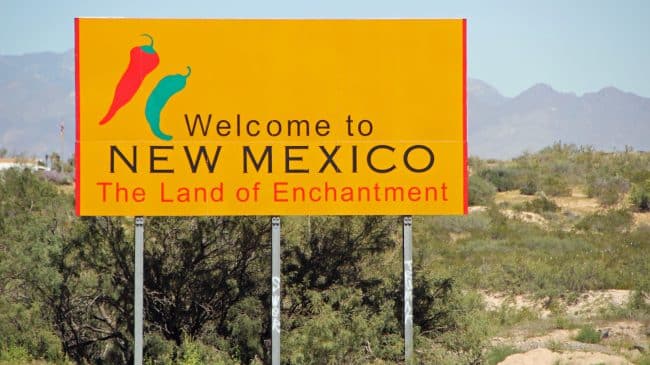With New Mexico’s public pension systems already having billions of dollars in unfunded liabilities and needing more money each year to stay healthy, it would be folly to put these plans at greater risk for insolvency by shifting to pay-as-you-go (PAYGO) funding to avoid paying the full bill, as is argued in a column titled, “Gov. takes too-much-too-soon route to ‘fix’ pension,” in the Albuquerque Journal.
Pensions are meant to be prefunded so that current taxpayers and current public employees share the costs of those workers’ benefits. By contrast, PAYGO forces future generations to pay for today’s workers, creating an intergenerational equity problem and political incentives to underfund retirement promises to workers.
Additionally, by relying principally on contributions to pay for benefits instead of saving in advance and earning investment returns over time, PAYGO is the most costly way to fund a public retirement system and will crowd out other public spending. Increased life expectancy and aging populations also pose serious threats to PAYGO systems.
Policymakers should stay focused on making the state’s pension systems solvent in the long-run, rather than embracing convenient, misguided theories that would inevitably keep kicking the pension can down the road.
For more information, see our recent analysis of a recently proposed state bill that would address the Public Employees Retirement Association’s (PERA’s) systemic issues by improving funding policy and adopting a more sustainable benefit adjustment mechanism.
Stay in Touch with Our Pension Experts
Reason Foundation’s Pension Integrity Project has helped policymakers in states like Arizona, Colorado, Michigan, and Montana implement substantive pension reforms. Our monthly newsletter highlights the latest actuarial analysis and policy insights from our team.



